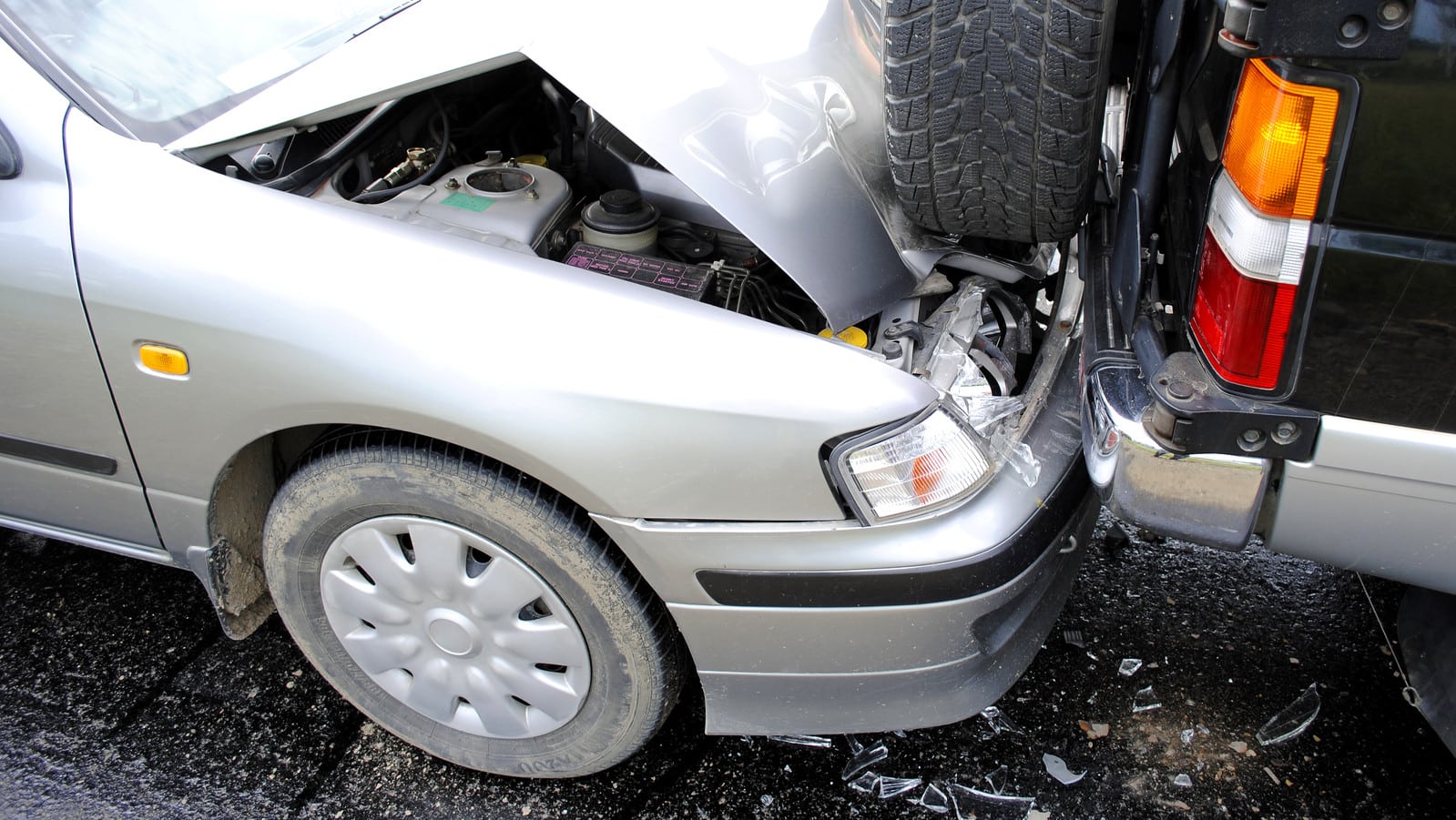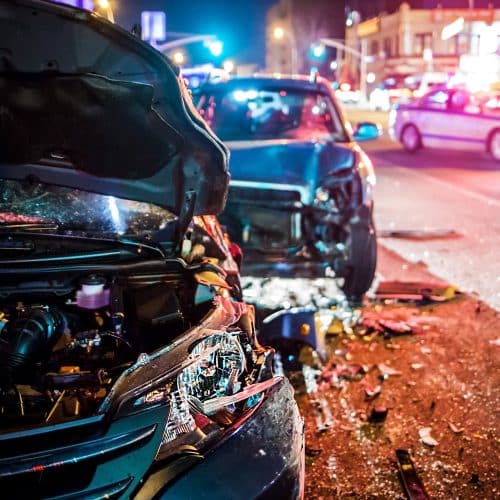Rear-end collisions are one of the most common types of a car accident in the United States. They make up roughly 40 percent of the nearly 6 million car accidents that occur every year in the U.S. That means that there is rear end crash approximately every eight seconds somewhere in the United States. In addition, the vast majority of rear-end crashes occur at speeds of 10 miles per hour or less, but, even at these low speeds, they can cause serious injuries.
In most situations, the driver who hit the rear-end of the other vehicle will be at fault, but fault is not determined automatically. There are situations where the fault may lie with the other driver, at least in part.
Negligence and Rear-End Crashes
To establish legal liability, one party must show that another party was at fault. They do this by proving negligence. Negligence is synonymous with carelessness or inattentiveness. It means that one driver failed to exercise the minimal level of care on the road.
All drivers owe one another a duty to be attentive and careful when they are on the road. When a driver fails to do this, they have “breached their duty of care.” When that breach (such as speeding, not paying attention, or failing to follow the rules of the road) causes damage or an injury, then that driver is considered legally liable.
Rear-end car accidents are commonly caused because one driver was not paying attention. One of the reasons that this type of rear-end accident occurs so frequently is because drivers often fail to keep enough distance between their vehicle and the vehicle in front of them. This distance is important to allow the driver enough time to react to a sudden stop.
Unusual Rear-End Car Accidents
Although inattention is the most common cause of a rear-end car accident, these crashes can occur for a variety of other reasons as well, including situations where the fault may be shared or with the driver who got hit. Below are a few examples:
- A driver stops suddenly while turning or to turn but does not turn
- The driver’s brake lights do not work or do not work correctly
- A driver suddenly reverses without looking behind him or her
- A driver has a problem with their vehicle, such as a flat tire, but does not use their hazards or pull off to the side of the road
Slowing suddenly generally will not be a good enough reason to avoid liability because the driver following the stopping vehicle should be paying attention and have enough room between them and the car in front of them to react safely.
Massachusetts uses comparative negligence, which means that the fault can be split and divided between the two drivers if they were both partially in the wrong in a car accident. However, if one person was 51 percent or more at fault, then they will not be able to recover any damages in most circumstances.
Contact Jim Glaser Law today at 781-689-2277 or fill out our online form to request a free case evaluation.

















